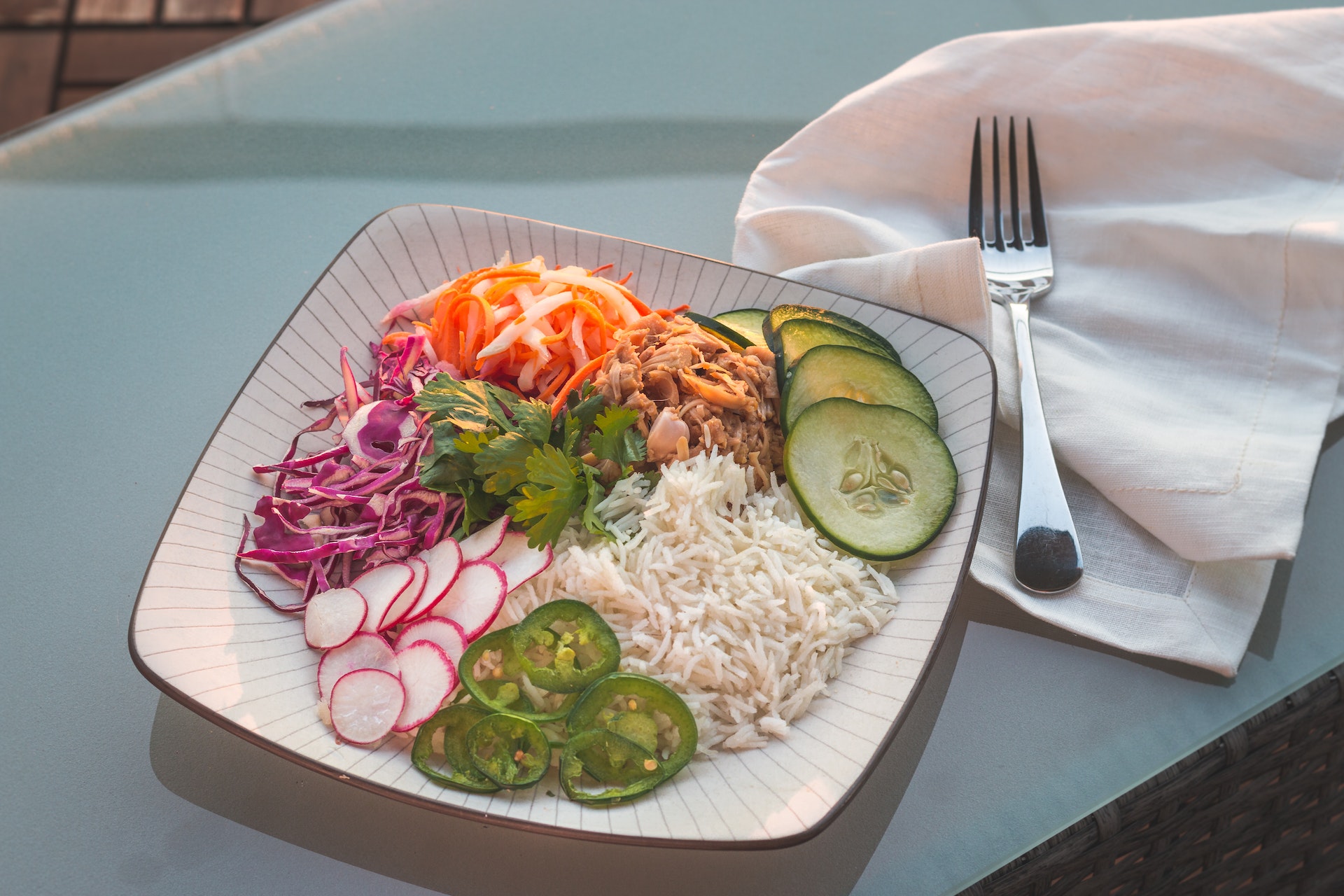When it comes to making a delicious and healthy salad, one of the most important components is the dressing. A good salad dressing can elevate a simple bowl of greens into a delicious and satisfying meal. However, with so many different types of salad dressings available, it can be difficult to choose the right one for your salad. In this article, we’ll take a closer look at salad dressings, including their history, types, and how to use them.
A Brief History of Salad Dressings
Salad dressings have been around for centuries. In ancient times, the Greeks and Romans used a simple dressing made of vinegar and oil. Later, in the 19th century, French chef Auguste Escoffier created the vinaigrette, a popular dressing made with oil, vinegar, and herbs. Over time, different types of salad dressings were created, and today, there are hundreds of different dressings to choose from.
Types of Salad Dressings
There are many different types of salad dressings, each with its own unique flavor and texture. Here are some of the most popular types of salad dressings:

- Vinaigrette – This is a classic salad dressing made with oil, vinegar, and herbs. It’s a light and tangy dressing that’s perfect for salads with delicate greens like arugula or spinach.
- Ranch – This is a creamy dressing made with buttermilk, mayonnaise, and herbs. It’s a popular dressing in the United States and is often used on salads with hearty greens like romaine lettuce.
- Caesar – This is a rich and creamy dressing made with anchovies, garlic, lemon juice, and Parmesan cheese. It’s perfect for salads with crisp romaine lettuce and crunchy croutons.
- Balsamic – This is a sweet and tangy dressing made with balsamic vinegar and oil. It’s perfect for salads with bitter greens like radicchio or endive.
- Honey Mustard – This is a sweet and tangy dressing made with honey and mustard. It’s perfect for salads with chicken or other meats.
- Thousand Island – This is a creamy dressing made with mayonnaise, ketchup, and relish. It’s perfect for salads with a mix of different ingredients.
How to Use Salad Dressings
When it comes to using salad dressings, there are a few important things to keep in mind. Here are some tips:
- Use the Right Amount – It’s important to use the right amount of dressing on your salad. Too little and your salad will be dry and tasteless. Too much and it will be soggy and overpowering. A good rule of thumb is to use about two tablespoons of dressing for every four cups of greens.
- Toss Your Salad – To ensure that your dressing is evenly distributed throughout your salad, it’s important to toss your salad thoroughly. Use clean hands or tongs to gently toss your greens with the dressing.
- Refrigerate Your Dressing – Salad dressings should be stored in the refrigerator to keep them fresh. However, some dressings may solidify when chilled, so be sure to take them out of the fridge about 30 minutes before using them.
- Experiment with Different Flavors – Don’t be afraid to experiment with different types of salad dressings. Try mixing and matching different flavors to create your own unique dressing.
- Make Your Own Dressing – If you’re feeling adventurous, try making your own salad dressing. It’s easy to do and allows you to control the ingredients and flavors.
In conclusion, salad dressings are an essential part of any salad. They add flavor, texture, and nutrition to your greens. With so many different types of salad dressings available, it’s easy to experiment and find the perfect dressing for your taste preferences and the type of salad you’re making. Whether you prefer a classic vinaigrette or a creamy ranch dressing, there’s a dressing out there for everyone.

When choosing a salad dressing, it’s important to pay attention to the ingredients. Some dressings can be high in calories, fat, and sugar, so it’s important to read the label and choose dressings that are made with healthy ingredients. Additionally, some people may have allergies or dietary restrictions, so it’s important to choose dressings that fit within those guidelines.
One of the best things about salad dressings is that they can be used for more than just salads. They can be used as marinades for meats or vegetables, as a dipping sauce for vegetables or bread, or even as a topping for sandwiches. The possibilities are endless!
If you enjoyed this read, check out our other posts.














What do you think?
Show comments / Leave a comment